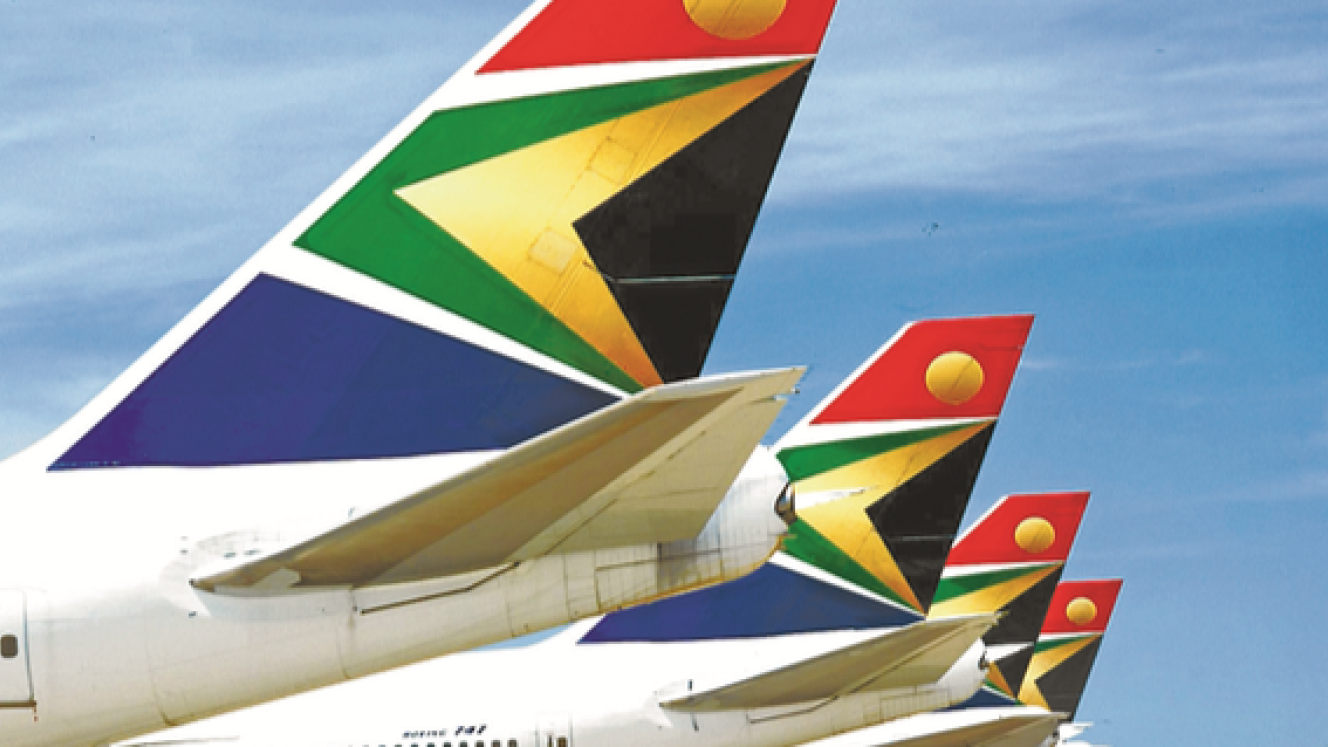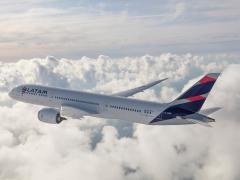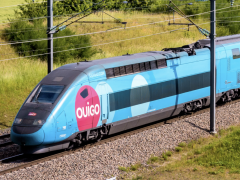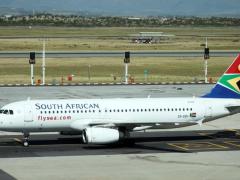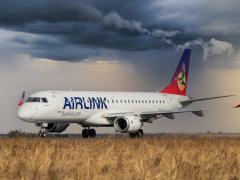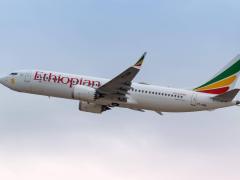SAA’s seat configurations and sluggish fleet restoration have severely affected the airline’s ability to regain domestic market share, according to Addison Schonland, Founder of AirInsight Group.
In an analysis of the airline, Schonland said this limited competitiveness and constrained overall seat supply in South Africa, which negatively affected traveller choice and pricing.
Premium-heavy fleet
“SAA’s layout of the passenger compartment is premium-heavy in a market which is not premium-heavy. So, all that space in the front of the cabin is underutilised,” Schonland told Travel News.
His analysis compared SAA’s Airbus A320s to those operated by US carriers. “SAA’s A320s have 138 seats, which is substantially less than what we see in the US. For example, Delta has 157 and United has 150. SAA’s aircraft have two classes, whereas the US aircraft have three,” said Schonland.
He suggested that SAA’s seat configuration was likely supported by corporate and government travellers, especially on domestic routes, but added that it had also contributed to SAA’s radically reduced share of the South African domestic market today.
Lower market share
According to AirInsight’s historical data, SAA previously held a market share of over 90% in the domestic market.
While deregulation of the domestic market in 1991 was essential to remove restriction on route entry, capacity, frequencies and fare setting, SAA was unable to keep up with the development of the market, Schonland explains in his analysis.
“SAA had the brand and the customer base, yet it started to lose its load factor rapidly… despite having all its infrastructure in place, the process was inefficient,” said the analysis.
According to Schonland, the airline faces further challenges in restoring its fleet. Leasing newer aircraft is expensive, and older A320s tend to use more fuel than competitor fleets, which is further exacerbated by South Africa’s weaker rand as oil is priced in US dollars.
Reduced competition
Reduced capacity from SAA means the domestic market is more dependent on private competitors. This became evident during FlySafair’s pilot strike and reduced schedule in early August, as reported by Travel News.
Aviation expert, Johan Borstlap, told Travel News that he believed the domestic market was under-supplied in terms of seat capacity and choice of carrier.
Borstlap went on to explain that South African aviation could level the playing field between state-owned and privately owned airlines through apolitical airline business strategies and consistent regulatory implementation.
